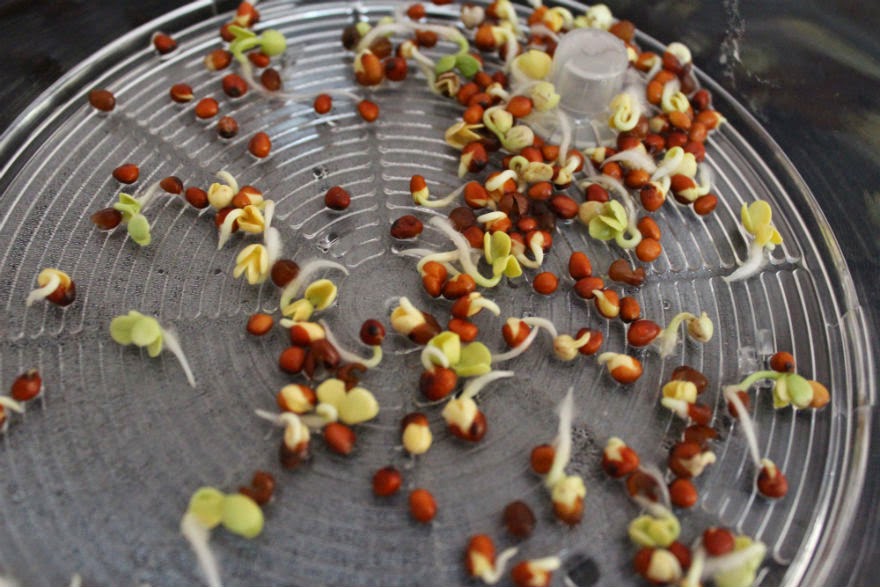Australia celebrates Anzac Day every April 25th. It is one of the most significant occasions in Australian history. It marks the anniversary of the first major military actions fought by Australian and New Zealand forces during WW1.
As this is a public holiday in Australia, services to honour the men and woman who fought in this war and subsequent wars, are held around the country. There are dawn services in every capital city and many smaller towns and often parades are held with many veterans, sons and grandsons of veterans who march in the parade .
 |
| Photo curtesy of State Library of South Australia |
As this year marks the 100th anniversary of the beginning of the first world war services will be greater in number and more significant. Many community projects are emerging and new plaques being installed to mark this occasion.
Commemorative services will also be held in other countries.Turkey, Belgium and France, at the Australian War Memorial in Villers-Bretonneux and Bullecourt.
 |
Family photo of Grandfather Alfred George with son George Giles who died on 17th April 1917
aged 20 years. He is buried at Brandhoek Memorial Cemetery, Ypres, Belgium. |
In South Australia, the State Library is producing an online resource from original documents donated by the Red Cross Information Bureau. The Bureau operated from 1915 - 1919 and was a line of enquiry for next of kin of South Australian soldiers missing in combat. The link above will provide you with an insight into the project which is soon to be released.
Now how is this connected to food? Lets talk Anzac Biscuits.
The Anzac Biscuit was given to soldiers during WW1 as a substitute for bread and was part of the soldiers diet. The soldiers did not call these biscuits because they were so hard and they were given the unfortunate name of 'Anzac Tile'. But because of their sweetness they were a welcome addition to their rations.
There is some contention as to whether Australia or New Zealand actually invented this biscuit because they both claim it was their idea.
Many variations of this recipe can be found, some of them are hard and crunchy biscuits and others are soft and chewy, but they all contain oats, golden syrup, coconut and butter. My personal preference is for the crunchy ones but they are so tasty that I can honestly eat any of them. This recipe came originally from the Country Women's Association and it has been in my recipe file for the last ten or so years.
I am giving you the recipe early so that you can make a batch before the day arrives. Then you can sit and watch the marches on TV, watch online video content from other countries or just have a few biscuits over a cup of tea with your mates. Any way you choose to spend the day, it should definitely involve a plate of Anzac Biscuits.
Anzac Biscuits
Ingredients
1/2 cup rolled oats
1/2 cup plain flour
1/2 cup of desiccated coconut
1/2 cup caster sugar
90g unsalted butter
1 tbls golden syrup
1 tbls water
1/2 tsp bicarbonate of soda
- Pre heat oven to 160C, moderately slow. Line a baking tray with baking paper.
- Combine oats, flour, sugar, coconut in a large bowl.
- In a small saucepan, on a low heat, combine butter and golden syrup, stirring until butter has melted.
- Stir bicarbonate of soda in water in a small jug and then add to the butter mixture. Pour all of this into the dry ingredients and mix well.
- Roll level teaspoons of mixture into balls. Don't flatten the balls but place 4 cms apart on the lined tray and bake for about 8- 10 minutes or until golden brown.
- Leave on tray for 5 minutes to harden then transfer biscuits to wire trays to cool before storing in an air tight container.
I could say these will keep in an air tight container for a couple of weeks, but I am joking because I doubt they would last 10 minutes.




















